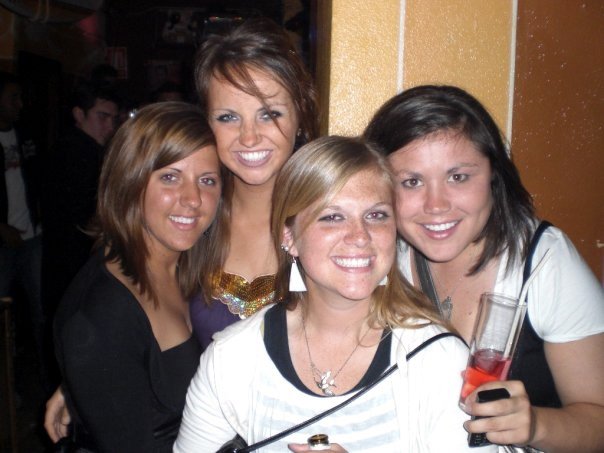 Flying back to Madrid, we caught the half hour high speed train to Toledo, a small medieval city 70 km south of Madrid. Toledo was once the capitol of Spain and still retains the atmosphere and aura of its decorated past. The buildings and winding streets of the old city are contained withing city walls, holding hundreds of years of history. The walls are surrounded on three sides by the Tajo River, known as the Rio Tejo in Lisbon, where it flows into the Atlantic.
Flying back to Madrid, we caught the half hour high speed train to Toledo, a small medieval city 70 km south of Madrid. Toledo was once the capitol of Spain and still retains the atmosphere and aura of its decorated past. The buildings and winding streets of the old city are contained withing city walls, holding hundreds of years of history. The walls are surrounded on three sides by the Tajo River, known as the Rio Tejo in Lisbon, where it flows into the Atlantic. In the 13th century in Spain, Toledo became one of the only places where Moors, Christians and Jews lived together and tolerated each other relatively peacefully. The combination of these cultures' styles, architecture, art and general culture is what makes Toledo one of the greatest cities in the world.
Because of Toledo's charm and close proximity to Madrid, in high tourist season and during most afternoons it is packed with tourists. The daytrippers from Madrid flood the streets every morning, wandering around most of the day before catching the train back to the big city. Things worked out perfectly for Bromley and I, since we got there at about 8 pm, in time for the sunset without the hassle of crowds.
The narrow streets were still decorated from a festival the town had hosted the previous weekend. There where thin cotton runners down the center, lined with antique lanterns and baskets of various flowers. The streets still maintain their medieval layout, and wind throughout the buildings, at times more like alleys. The entire city is on a giant hill, with smaller hills within it. Around every corner seems to be a snapshot of the past. Cobblestone, churches, small family businesses- everything dark, shut down for the night. The main square, Plaza Zocodovar, was right next to our hotel, and despite it being a Sunday night, was full of people eating, drinking and just hanging out.
The next day we had to catch the 1:30 train back to Madrid to then get on a 4 hour train to Alicante. We woke up early and checked out the cathedral, the most famous in Spain.
 We did a little souviner shopping, but didn't find much. Souviner are tough because you want to remember the places you have visited, but at the same time, luggage room is limited. (In my case, extremely limited. I have absolutely no idea how I will bring my belongings back to the states. Things just seem to appear and multiply so quickly!) Anyway, we bought a little pin because I have a project I am going to do with them when I get home. I'm going to need some metal work lessons from Dad because I think it might involve some soudering, that's another story. We also bought some Marzipan, Toledo's famous sweet. It is made with sugar and ground almonds and is amazing. There are tiny, family run stores selling it everywhere in Toledo. The older lady who sold it to us explained that they sold two kinds, one was 50% almonds/50% sugar and the fancy artisan kind was 80% almonds/20% sugar. We went for the good stuff. Neither of us had tried it before, which was probably a good thing because we probably would have bought a lot more.
We did a little souviner shopping, but didn't find much. Souviner are tough because you want to remember the places you have visited, but at the same time, luggage room is limited. (In my case, extremely limited. I have absolutely no idea how I will bring my belongings back to the states. Things just seem to appear and multiply so quickly!) Anyway, we bought a little pin because I have a project I am going to do with them when I get home. I'm going to need some metal work lessons from Dad because I think it might involve some soudering, that's another story. We also bought some Marzipan, Toledo's famous sweet. It is made with sugar and ground almonds and is amazing. There are tiny, family run stores selling it everywhere in Toledo. The older lady who sold it to us explained that they sold two kinds, one was 50% almonds/50% sugar and the fancy artisan kind was 80% almonds/20% sugar. We went for the good stuff. Neither of us had tried it before, which was probably a good thing because we probably would have bought a lot more.
















